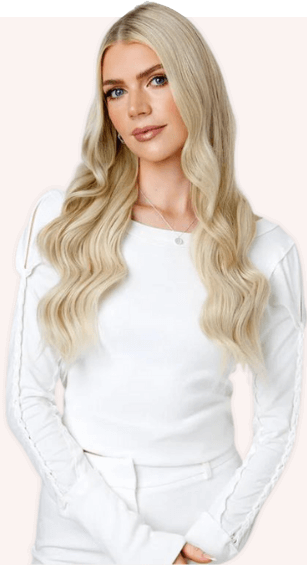High porosity hair, a concept that might sound complex at first, is a key chapter in this ever-evolving hair care story. It’s not just a term; it’s a revelation that holds the secret to radiant, healthy tresses. Whether you’re a hair enthusiast looking to up your hair game or someone who’s struggled with unruly, dry, or damaged hair, this ultimate guide is your passport to unveiling the mysteries of this hair and mastering the art of its care. But before we delve into the specifics, let’s start at the beginning, with a fundamental question: What exactly is high porosity hair, and why does it matter?
I. What is High Porosity Hair?
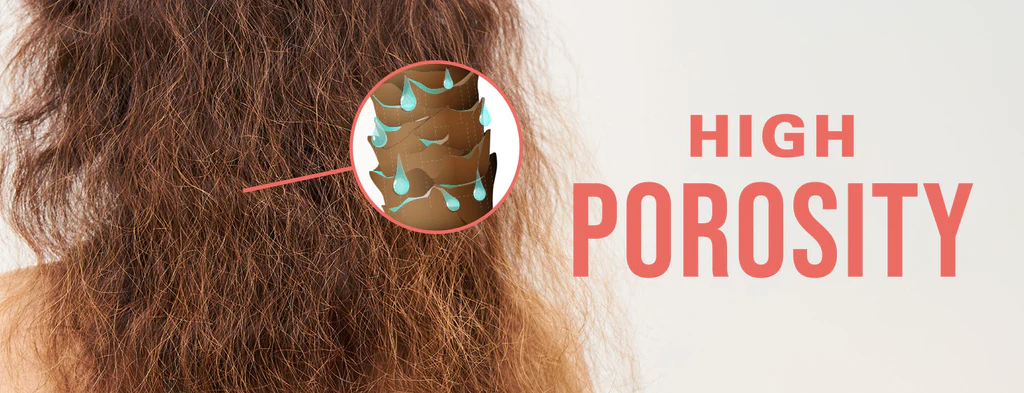
High porosity hair is a term used to describe a specific hair type characterized by its ability to absorb and lose moisture quickly and easily. If you have it, it means that water, oils, and other types of products can be easily absorbed by your hair, but because your hair is highly porous, it may not be able to retain moisture as well as other types of hair.

The reason high porosity hair behaves that way has to do with the structure of the hair strand. When the cuticles, which are the outermost layer of the hair, are too far apart, your hair is highly porous. In contrast with low porosity hair, the cuticle is tight and flat which makes it difficult for moisture and other substances to penetrate the hair shaft.
The causes may be due to genes or specific hair treatments. Processing or styling your hair like straightening, blow-drying, bleaching, or using other chemical applications can all lead to high porosity hair.
II. What is The Characteristics of High Porosity Hair?
Understanding the concept of hair porosity is essential because it influences how your hair reacts to various hair care products and treatments. This hair can present unique challenges and opportunities when maintaining its health and appearance. Here are the key characteristics:
1. Raised Cuticles

High porosity hair has raised, open, or damaged cuticles along the hair shaft. Cuticles are the protective outermost layer of the hair, and when they are raised or damaged, they allow moisture to enter and exit the hair shaft more readily.
2. Quick Moisture Absorption & Rapid Moisture Loss
This hair quickly absorbs water and hair products. This may sound like a good thing, but it can also mean that your hair easily becomes overly saturated with moisture, leading to frizz and other issues.
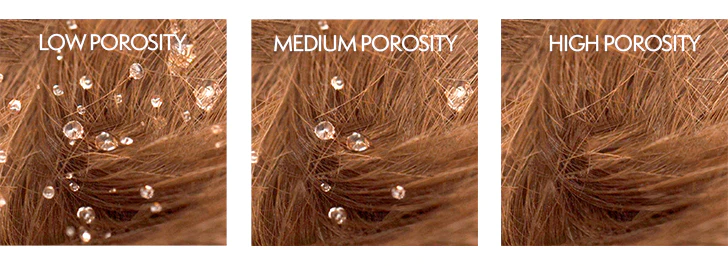
While this hair readily absorbs moisture, it also loses it just as quickly. This means that your hair can become dry and prone to breakage if not properly moisturized and sealed.
3. Prone to Damage

Due to the open cuticles, it is more susceptible to damage from environmental factors, heat styling, chemical treatments, and friction. It’s essential to take extra care to protect and strengthen the hair.
4. Products Are Absorbed Quickly
Hair care products, including conditioners and oils, are absorbed quickly. While this can be beneficial for moisturizing, it also means that you may need to apply products more frequently.
III. How To Care For High Porosity Hair
Understanding your hair’s porosity is crucial for tailoring your hair care routine. For high porosity hair, the focus should be on moisture retention, strengthening, and protection from damage. With the right care and products, this hair can become healthy, lustrous, and more manageable. Let’s explore the practical tips to care for this unique hair type.
1. Gentle Shampooing High Porosity Hair
High porosity hair strands have an open hair shaft and tangle quickly. To prevent your hair from knotting up and breaking when it comes in contact with water, make sure that your hair is fully detangled before you step into the shower. You should use lukewarm water for washing and rinsing your hair. Hot water can further dry out high porosity hair.
- Use sulfate-free, moisturizing shampoos that won’t strip your hair of its natural oils.
- How often you wash your hair depends on your hair type, since you don’t want to strip your hair of its natural oils while finding solutions to help repair it. Co-washing (using conditioner only) between shampoos can help maintain moisture.
Read Now: How Often Should You Wash Your Hair?
2. Deep Conditioning High Porosity Hair With Heat
Incorporate deep conditioning treatments into your routine. Look for products with ingredients like shea butter, coconut oil, and honey. Use a heat cap to help the conditioner penetrate the hair shaft effectively. Besides, apply a leave-in conditioner after washing your hair to lock in moisture. Look for products with ingredients like glycerin and aloe vera. Distribute it evenly through your hair, focusing on the ends and areas that are prone to dryness.
3. Protein Treatments
High porosity hair often benefits from protein treatments to strengthen the hair shaft. Use them every 4-6 weeks or as needed but be cautious not to overdo it, as too much protein can make your hair brittle.
4. Avoid Heat Styling & Minimize Chemical Treatments
Reduce the use of heat-styling tools like straighteners and curling irons. Heat can exacerbate dryness and damage. If you must use heat, apply a heat protectant and use the lowest effective temperature. Besides, limit the use of chemical treatments like perms, relaxers, and excessive coloring, as they can weaken high-porosity hair.
5. Regular Trimming
Trim your hair every 6-8 weeks to remove split ends and prevent them from traveling up the hair shaft.
IV. High Porosity Hair Products
High porosity hair tends to be thirsty, so look for words like “hydrating” and “moisturizing” on the labels of your products. Choosing the correct products based on your hair porosity is important.
1. Shampoo For High Porosity Hair
The following shampoos may be especially helpful for cleansing your hair without drying it out.

Devacurl No-Poo Decadence Milk Cleanser
No “poo” means this product isn’t a normal shampoo. Instead, it’s like a hair cleanser that’s made with proteins to help soften and moisturize porous hair.

L’Oreal Paris Elvive Total Repair 5 Repairing Shampoo
This protein-packed shampoo contains conditioning ingredients and almond oil to soften hair while reducing frizz.

Olaplex No. 4 Bond Maintenance Shampoo
This shampoo is designed to maintain internal moisture and strength to prevent breakage.
2. Conditioner For High Porosity Hair
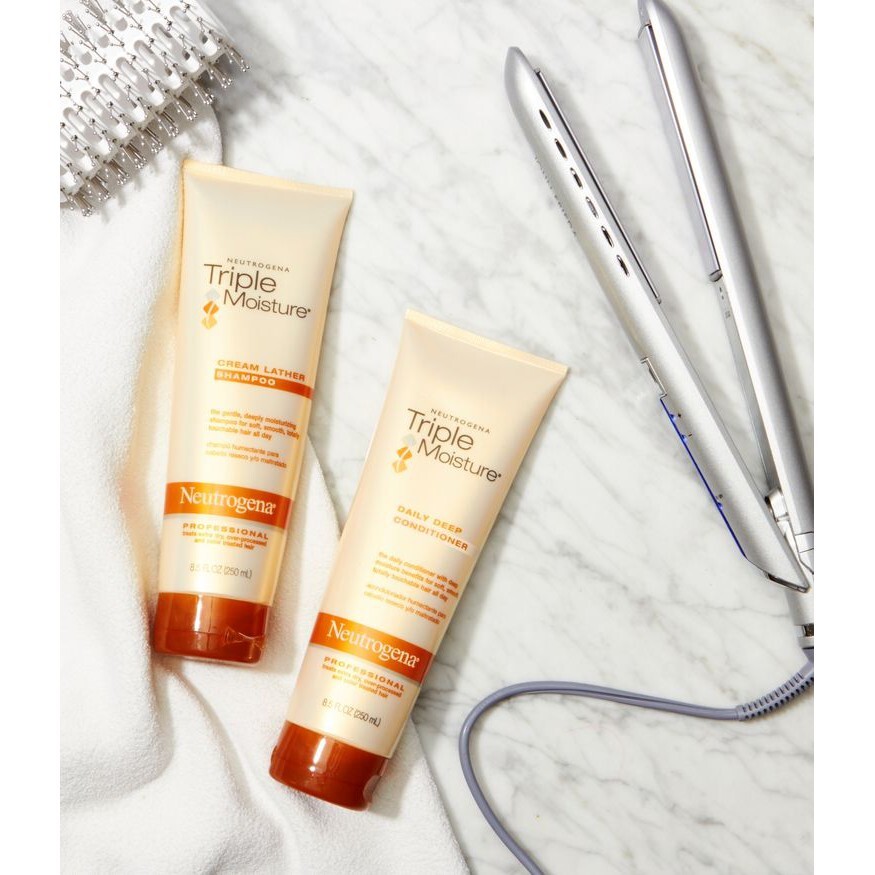
Neutrogena Triple Moisture Daily Deep Conditioner
This intensely hydrating conditioner contains almond and olive extracts to nourish and moisturize hair.
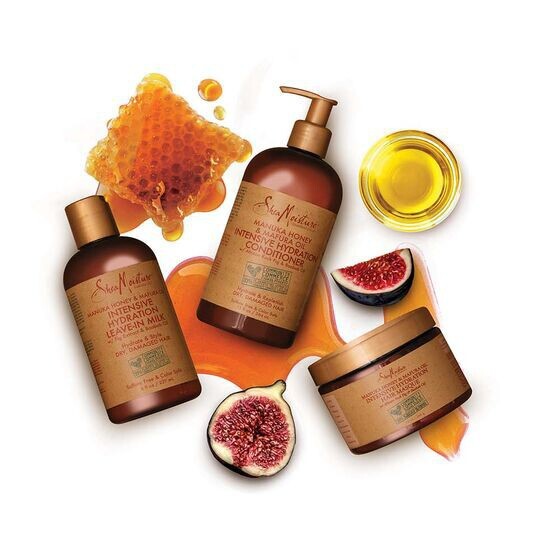
SheaMoisture Manuka Honey & Mafura Oil Intensive Hydration Hair Conditioner
This product doesn’t contain sulfates, which makes it a good choice for porous hair.
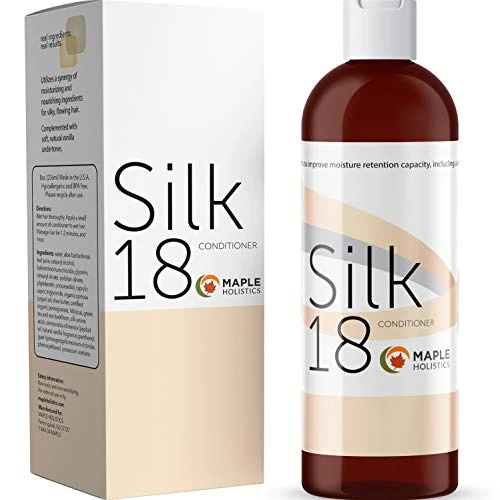
Silk18 Natural Hair Conditioner
This daily conditioner contains argan oil as well as amino acids to help reduce static and frizziness.
V. Conclusion
Whether you’ve recently discovered your hair’s porosity type or are simply curious about what it means, we hope that with this guide, you’ll be armed with the tools and wisdom to champion your high porosity hair and make it the best it can be.


 BEST SELLING PRODUCTS
BEST SELLING PRODUCTS Wig Hair
Wig Hair WHOLESALE PRICE
WHOLESALE PRICE Contact us
Contact us
